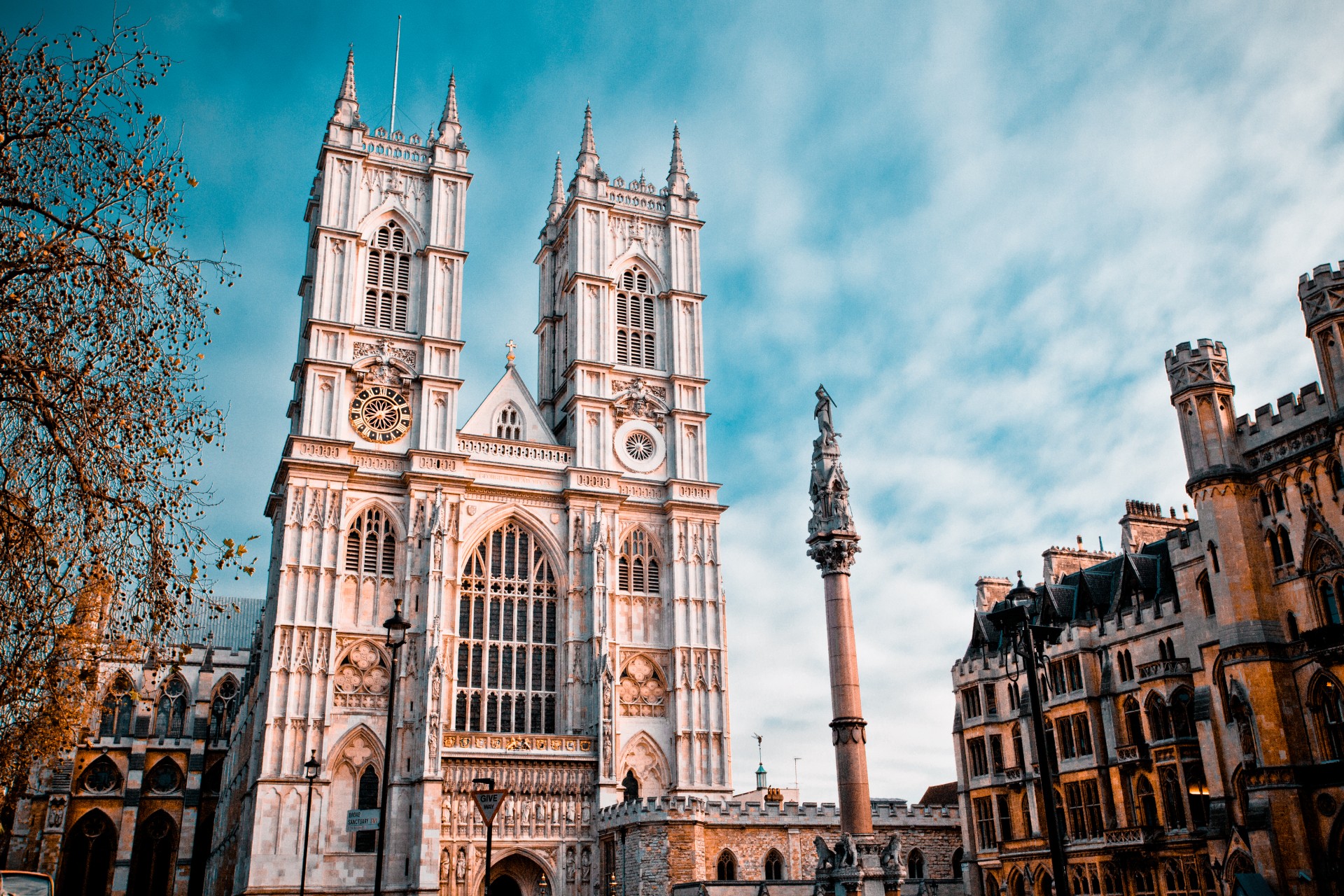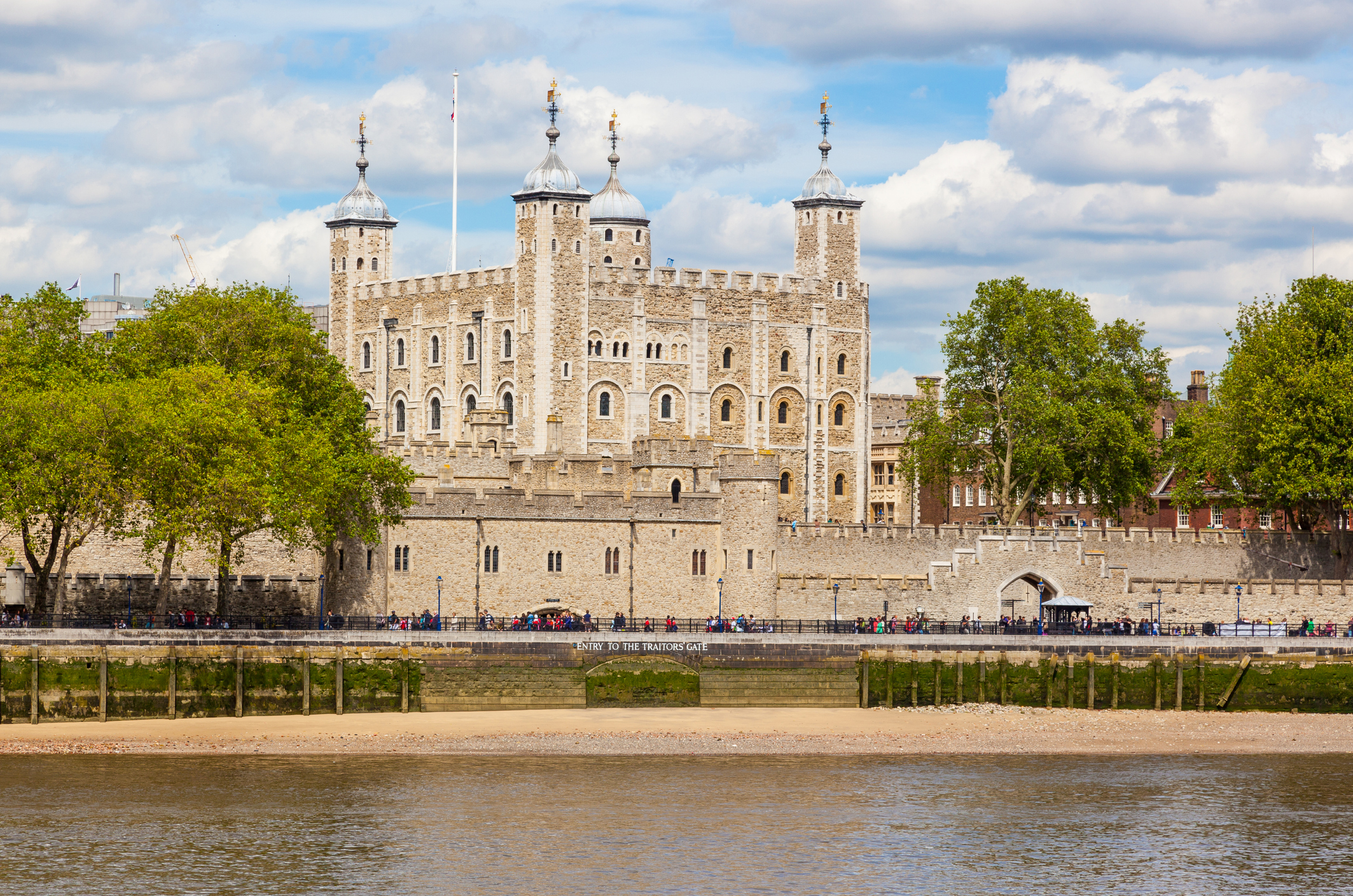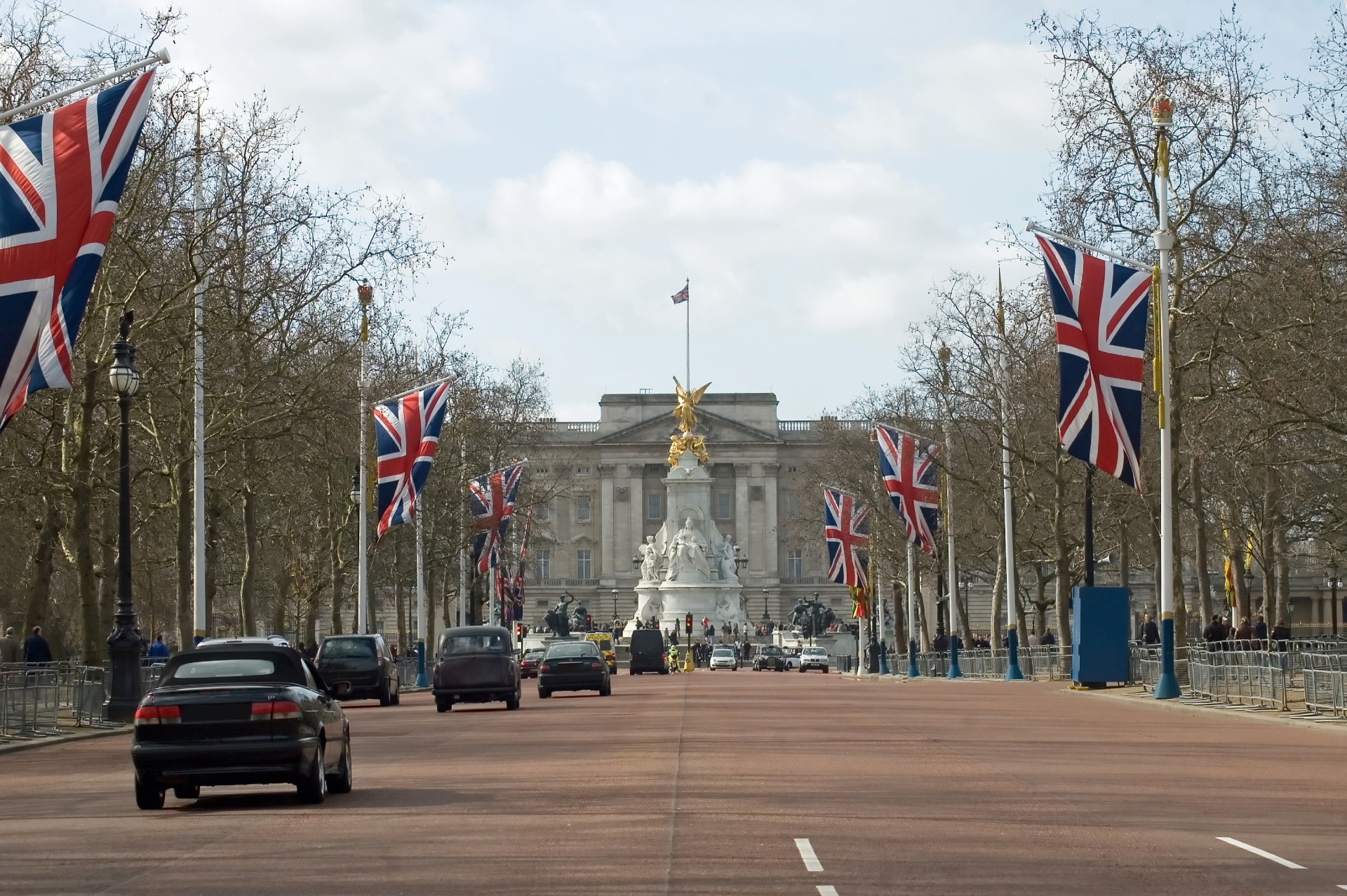Learning objective
- To discover how William the Conqueror became king by exploring the Bayeux Tapestry.
Success criteria
- I can use objects to find
This content is for subscribers only. Join for access today.
National curriculum
History
The National curriculum
This content is for subscribers only. Join for access today.
Cross-curricular links
Art and design
Pupils
This content is for subscribers only. Join for access today.
Before the lesson
This content is for subscribers only. Join for access today.
Lesson plan
Recap and recall
Arrange the children into pairs and display the Presentation: High five! Ask the children to think of five things they can remember from the last lesson about coronation ceremonies, tell them to their partner and then give each other a high five.
This content is for subscribers only. Join for access today.
Extended-mode explainer videos
How to extend your display to view the lesson page and preseantion mode simultaneously. Choose your operating system below to watch the video
If you need further support with extending your display,
please contact [email protected].
Extended-mode explainer video: For Mac
Extended-mode explainer video: For Windows
Adaptive teaching
Pupils needing extra support
Could stick the images from the Activity: Bayeux Tapestry in order into the Activity: Storyboard and write keywords underneath each image; could use the Knowledge organiser when completing the Activity: Storyboard.
Pupils working at greater depth
Could draw what they think is on the next section of the Bayeux Tapestry.
This content is for subscribers only. Join for access today.
Assessing progress and understanding
Pupils with a secure understanding indicated by: using sources to e
This content is for subscribers only. Join for access today.
Vocabulary definitions
-
Anglo-Saxon
A group of people originally from Scandinavia and Germany who lived in Britain.
-
battle
A fight between two armies.
This content is for subscribers only. Join for access today.
In this unit
Assessment - History Y2: What is a monarch?
Lesson 1: What is a monarch?
Lesson 2: Who is our monarch today?
Lesson 3: How did William the Conqueror become the King of England?
Lesson 4: How did William the Conqueror rule?
Lesson 5: How did castles change?
Lesson 6: What was a monarch in the past?





